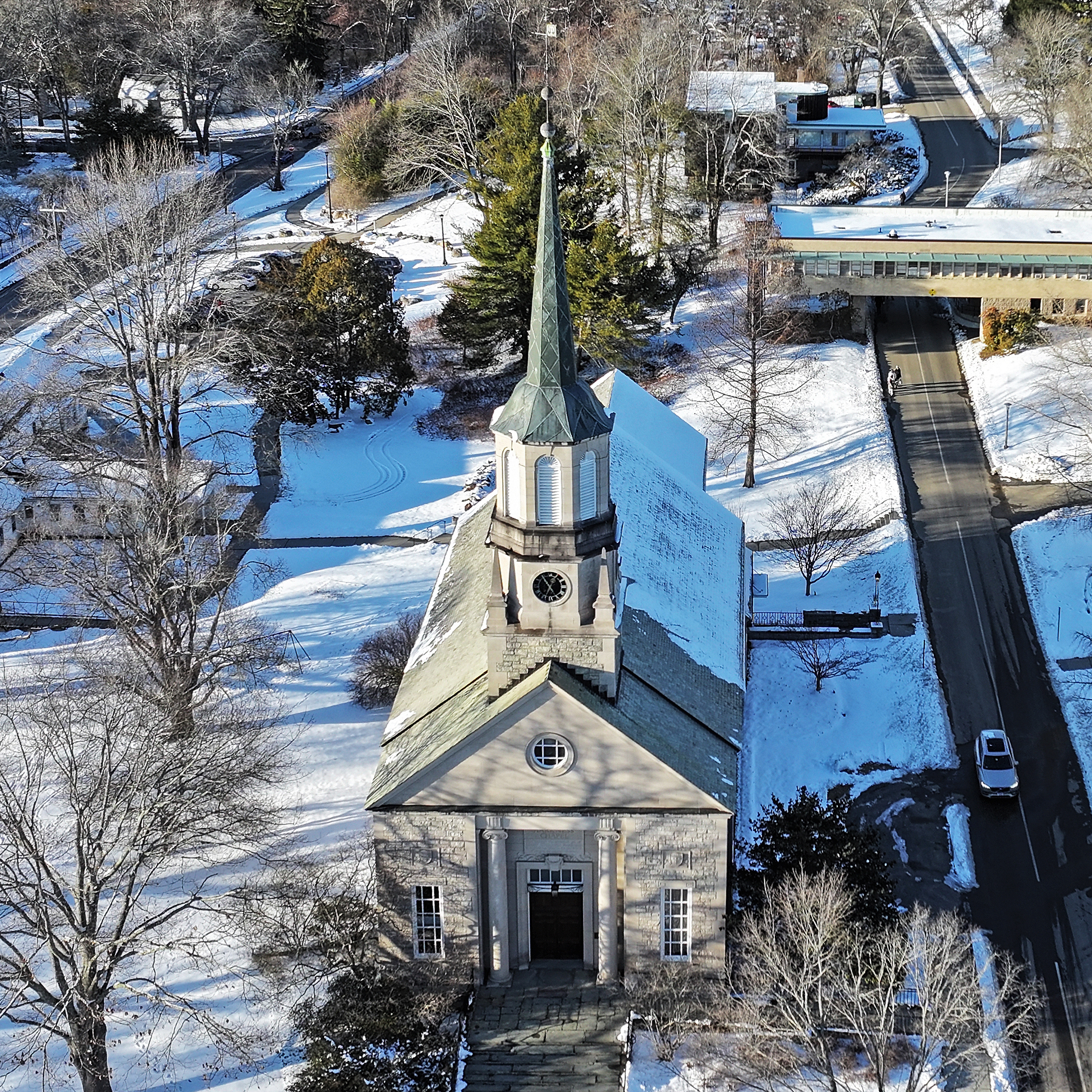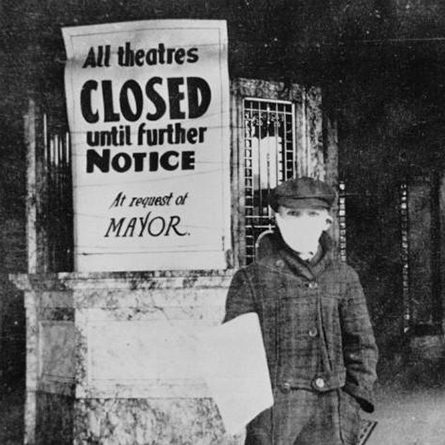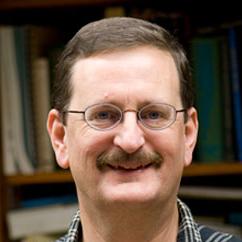
Professor Marc Zimmer explains what the 1918 flu epidemic can teach us about COVID-19
Connecticut College: The Spanish Flu didn’t start in Spain. Why did the Iberian country get stuck with the name?
Marc Zimmer: It’s commonly believed that the 1918 pandemic started in Camp Funston, Kansas. The camp hospital received its first influenza victim on March 4. By April, 30 of the 50 largest cities in the United States, most in close proximity to military bases, reported increased deaths. It spread to England, France, Germany and Spain. Spain was the only country hit by the virus that was not involved in World War I; therefore it was the only country to report the true extent of the pandemic. This resulted in the mistaken belief that the 1918 flu originated in Spain.
CC: The Spanish Flu was the last pandemic. How does it compare to the COVID-19 outbreak?
MZ: The 1918 flu pandemic haunts all epidemiologists. It’s estimated that between 50 million and 100 million people died. The world is more prepared now and science has dramatically advanced. However, the U.S. response to COVID-19 shows there are some important lessons we haven’t learned. COVID-19 isn’t like the flu. It’s its own beast. It’s caused by a coronavirus, not an influenza virus, and there are many differences to the 1918 flu. But there are also similarities. In 1918, we hadn’t yet developed drugs or vaccines for the flu. This is also true for COVID-19. In addition, the 1918 flu virus was a spillover virus. Like COVID-19, it came from nonhuman hosts and no one had immunity to this new virus.
CC: What lessons do we still need to learn from the 1918 flu pandemic?
MZ: COVID-19 originated in China. Its heavy-handed quarantines may have saved thousands of U.S. lives. Although we may have wasted the advantages given to us by the Chinese, we need to pay it forward to our neighbors in the southern hemisphere and slow the spread in the U.S. To mitigate resurgences of the virus and to prevent future pandemics, global cooperation is required. Withdrawing from the World Health Organization and blaming China won’t help. It will antagonize our allies, which may further weaken our medical supply chains and endanger our epidemiological early-warning systems.
CC: We’ve been told to practice social distancing. Where did that come from?
MZ: The first cases of 1918 flu among civilians in Philadelphia were reported on Sept. 17, 1918. Authorities downplayed their significance and on the 28th the city held the largest parade in its history: the “Liberty Loan Drive,” a massive gathering designed to get people to subscribe to war bonds. This provided the newly arrived virus a feast of victims, resulting in a tenfold higher death rate due to the flu than was observed in the more careful St. Louis over the same period.
CC: Does the Spanish Flu inform us about how the COVID-19 pandemic ends?
MZ: In 1918, the U.S. Army requested George Soper—who discovered Mary Mallon, or Typhoid Mary, an asymptomatic carrier of typhoid—to investigate the flu pandemic. He found that the complete isolation of flu patients was the only way to control the outbreak and that “the disease is carried from place to place by persons, not things or by the general atmosphere, as was once supposed. Its rapidity of spread is due to its great infectivity, short period of incubation, missed cases and absence of timely precautionary measures. The epidemics stop themselves ... either by the exhaustion of the susceptible material, by a reduction in the virulence of the causative agent, or both.” Despite this knowledge, and although public health officials advocated keeping a distance, not everyone adhered to the advice—with deadly consequences. Sound familiar?
Marc Zimmer is the Jean C. Tempel ’65 Professor of Chemistry. He teaches a new course, “COVID-19: Diseases Without Borders.” He is the author of the soon to be released The State of Science (Prometheus Press, 2020).

